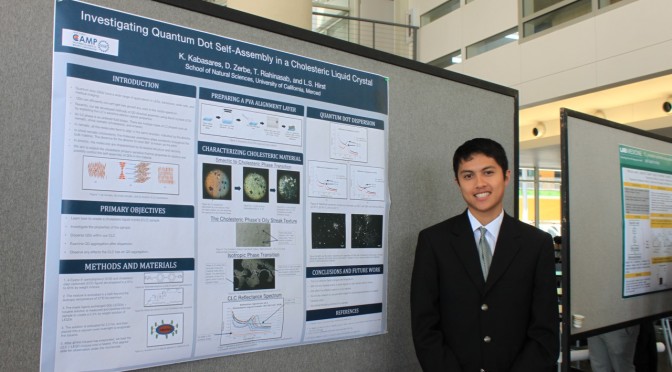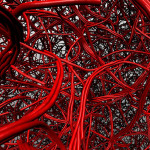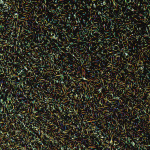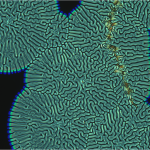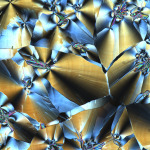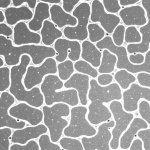This summer Kyle Kabasaras presented his original research project at the UC Merced undergrad research symposium.
Investigating quantum dot assembly in a cholesteric liquid crystal
An ongoing goal in condensed matter physics is directly controlling the self-assembly of quantum dots (QDs) into specific structures while maintaining their original electronic and optical properties. One method of controlling the self-assembly of QDs is to disperse them within a liquid crystal (LC) medium and apply a variety of thermal stimulations. Recently, our lab developed a method of creating spherical, vesicle-shaped QDs within a nematic LC. Vesicle formation depends on the QD concentration in the LC as well as the LC’s intermolecular dispersion forces and thermal properties. In this project, we investigate the dispersion of CdSe/ZnS (core/shell) QDs in a cholesteric LC (CLC) medium and predict the QD aggregations to cluster near the LC defects. By varying parameters such as QD concentration and temperature, we exploit the CLC’s sensitive optical and thermal properties. To observe these effects, we apply spectrophotometry, polarized optical microscopy, and fluorescence microscopy. These techniques highlight the aggregation of QDs within the host CLC and identify how LC phase transitions determine where QDaggregates form. This work illustrates the possibility of new LC-based QD devices, and we will continue by exploring the lasing potential of our sample.


